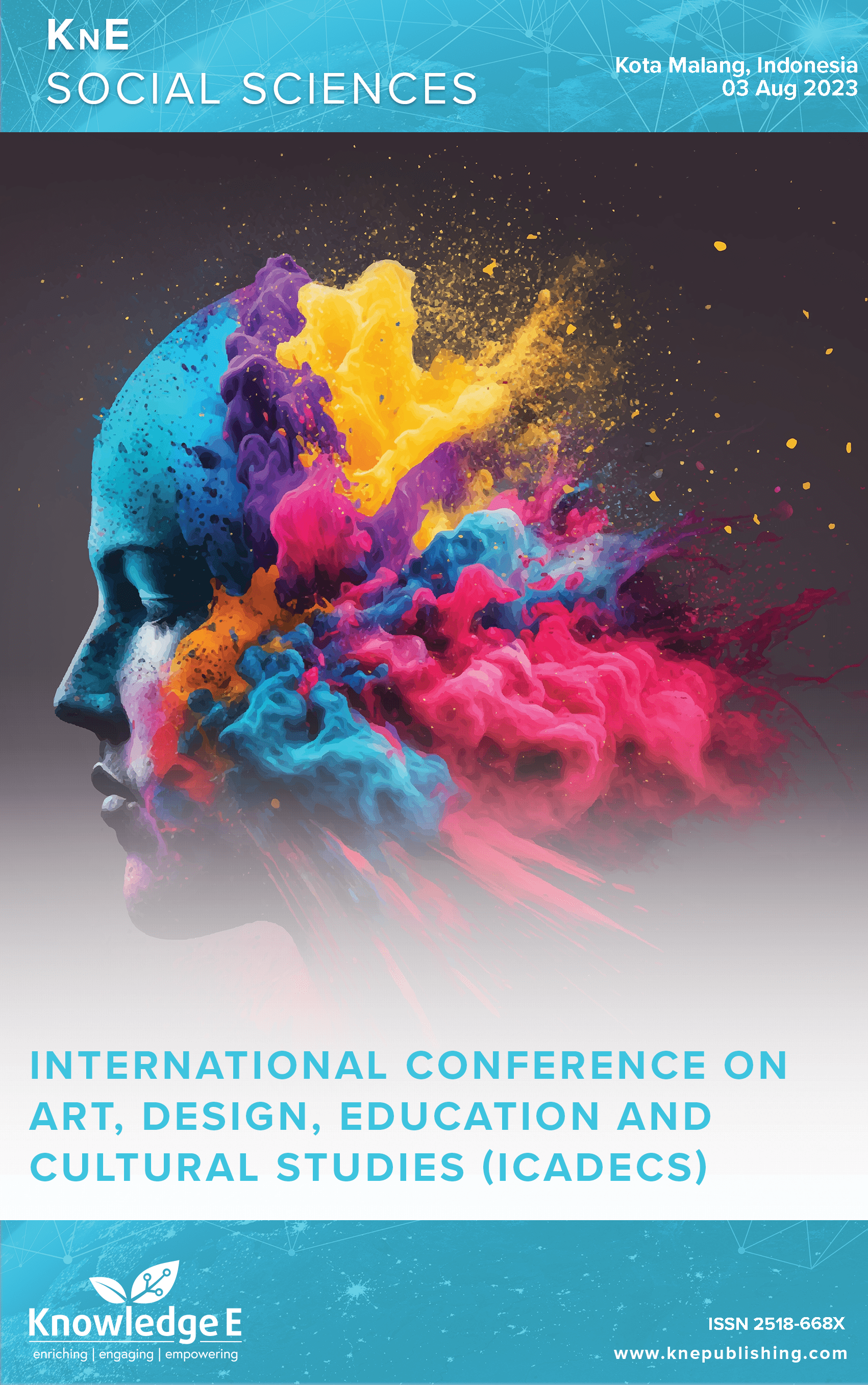Interpreting the Nasib Kulo Song of Kemas Anwar Beck in Bebaso (Semiotics Study)
DOI:
https://doi.org/10.18502/kss.v9i15.16202Abstract
A song is composed of a series of tones that form a melody and support musical elements. It uses the tones of a human voice to beautifully and meaningfully express thoughts or feelings The combination of a song with a lively poem (text) can stir up a lot of emotions in the audience and have a major effect on their soul. This study aims to explore the emotions evoked by Kemas Anwar Beck’s lyrics for his song Nasib Kulo and how his experiences show up in using language and wordplay to give his lyrics a unique and appealing quality. The study focuses on analyzing the content of the song lyrics and interpreting their meaning in a qualitative descriptive manner. A semiotic theory is used to decipher the meaning of the lyrics that were penned in polite Palembang Alus language. Moreover, a musicology approach is also used to analyze the musical form. The results show that the song Nasib Kulo uses two types of symbols, namely, verbal meaning in the form of poetry or lyrics and non-verbal meaning in the form of song elements, that is, chord progression, melody, tempo, and dynamics. As a result of the creativity of the artist, the mindset of life conception and lifestyle are reflected in his artwork. In conclusion, the song Nasib Kulo that is written in Palembang Alus language is very influential for individuals and communities.
Keywords: interpretation, Nasib Kulo song, semiotics, artists, Palembang Alus
References
Sumandiyo. The formation of expressive symbols in the Eucharistic Liturgical Ceremony in the context of Java culture. 1999.
Sukma I. Life journey and creativity of “Kemas Anwar Beck” Plembang by artist. The Expert Journal. Makassar State University. 2021.
Atmadarsana F. Theory and practice of Djawa voice art. 1956.
Sugiyono. Quantitative, qualitative and R&D research. The Alphabet. 2013.
Bagus L. The philosophical dictionary. Jakarta: The Primary Library; 2005.
Banoe. Kamus Musik. Yogyakarta: Kanisius; 2003.
Silverman K. The subject of semiotics. Oxford University Press; 1983.
Barthes R. The semiotic challenge. New York: Hill and Wang; 1988.
Kautzar A. Karakteristik Bentuk Musik Melayu Di Kota Palembang Pada Lagu Melati Karangan. Resital J. Seni Pertunjuk. 2017;18(2). DOI: https://doi.org/10.24821/resital.v18i2.1926
Arif RM, Harifin, Sutari, Usman. The position and function of the language. 1981. p. 4.
Sratton VN, Zalanowski AH. Effective impact of music vs. lyrics. Empirical Studies of the Arts. 1994;12. DOI: https://doi.org/10.2190/35T0-U4DT-N09Q-LQHW
Bastomi S. A view of art. Ikip Semarang Press; 1992.
Banoe P. The music word. Yogyakarta: Kanisius; 2003.
Mako A. Singing in the dark. Jakarta: Popular Library of Gramedia; 2003.

